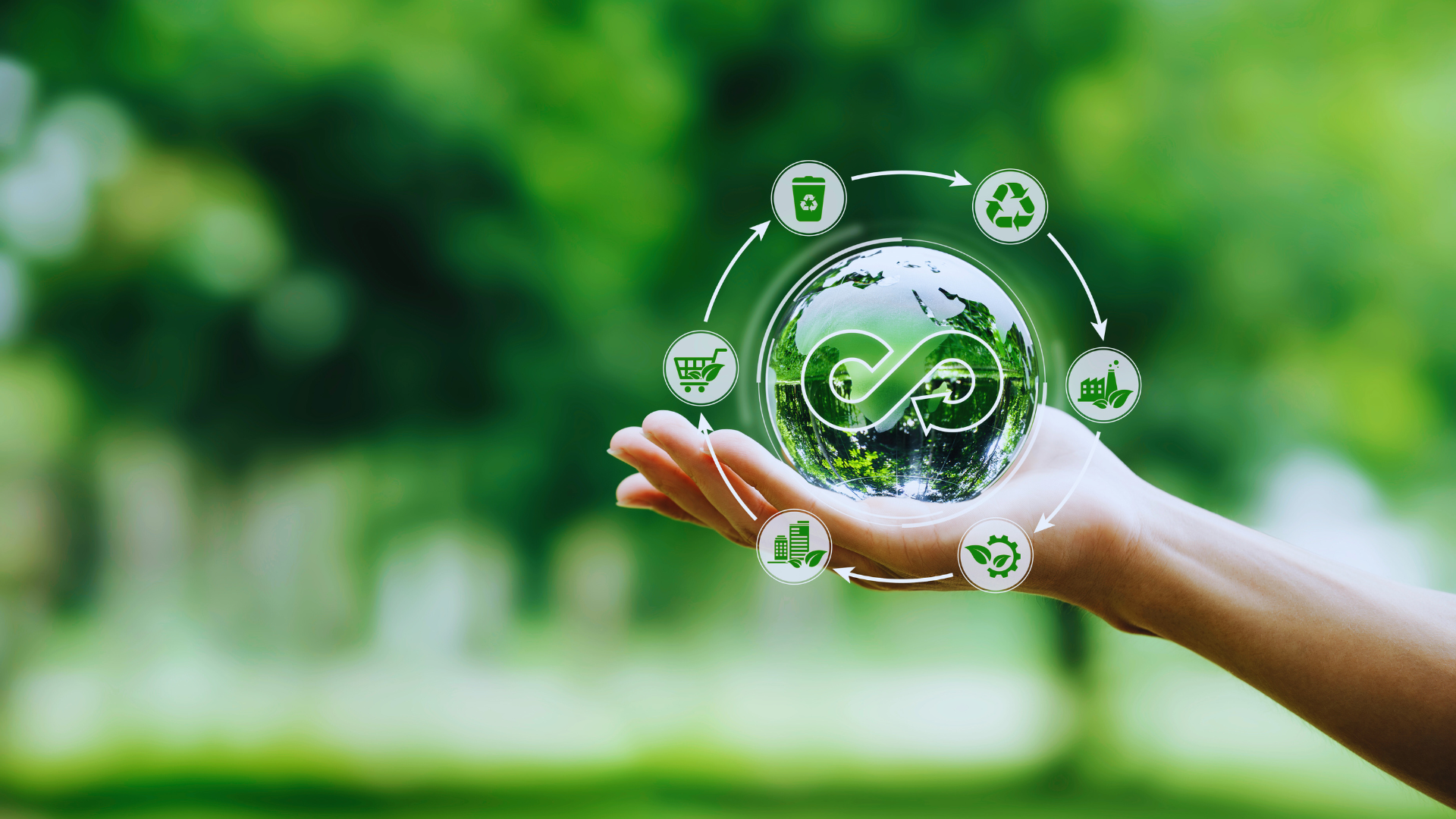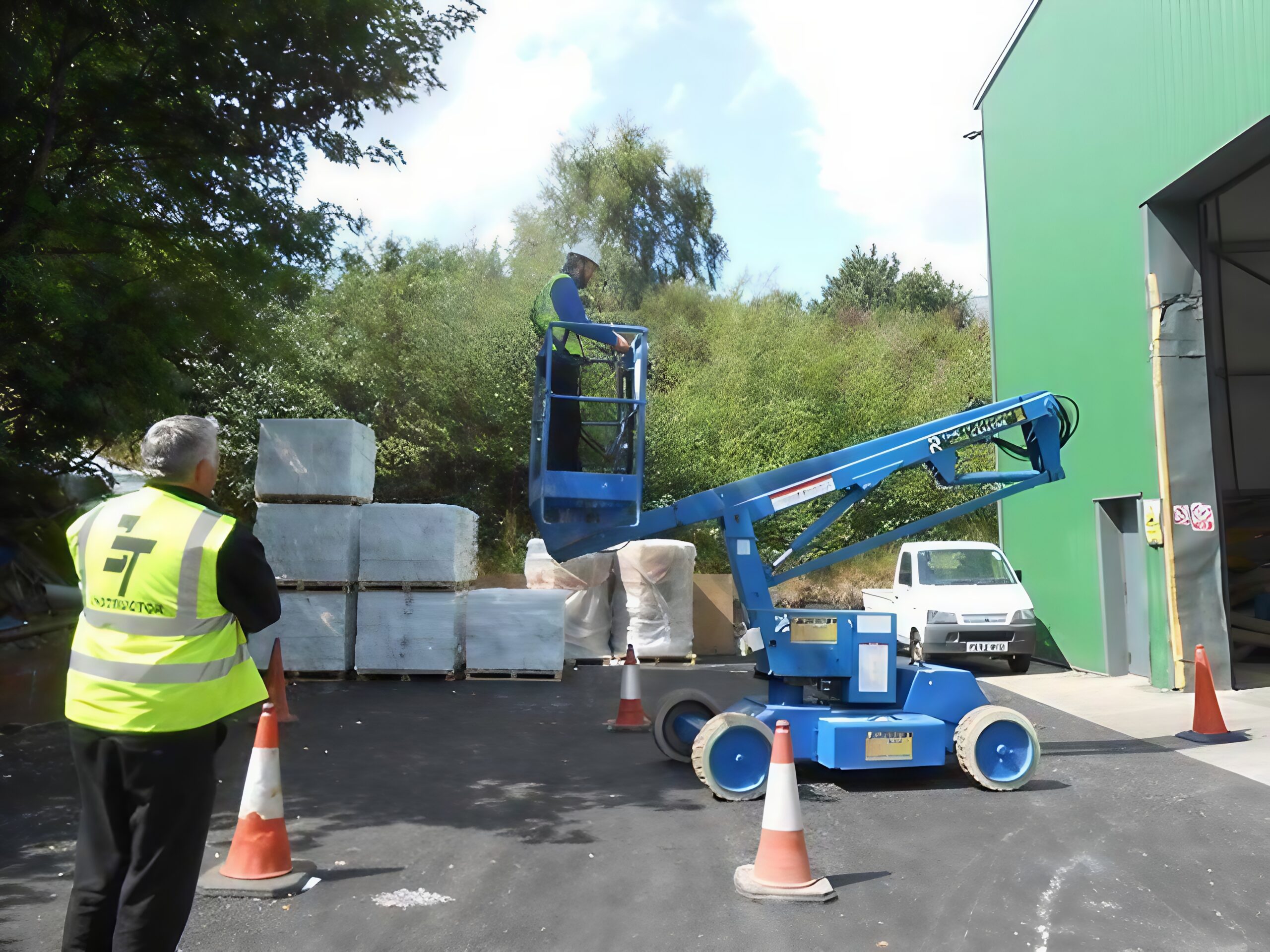The global economy has long operated on a linear model: take, make, and dispose. This model, while fueling industrial and economic growth, has led to alarming levels of waste, resource depletion, and environmental degradation. Enter the Circular Economy – an innovative framework offering businesses and governments a way to decouple economic growth from resource consumption, creating a sustainable path forward that’s both ecologically sound and economically advantageous.
This article will explore how the principles of the Circular Economy are reshaping industries, generating new business opportunities, and driving innovation. Along the way, we’ll highlight insights from thought leaders such as the Ellen MacArthur Foundation, which has been instrumental in promoting circular principles worldwide.
Understanding the Circular Economy
The Circular Economy is a systemic shift designed to eliminate waste and pollution, keep products and materials in use, and regenerate natural systems. Unlike the linear economy, which relies on the continuous input of raw materials, a circular model emphasizes reusing, repairing, refurbishing, and recycling existing materials and products as long as possible.
Key principles of the Circular Economy include:
- Designing out waste and pollution
- Keeping products and materials in circulation
- Regenerating natural systems
These principles create a closed-loop system where resources are continuously cycled, ultimately benefiting the environment, the economy, and society.
1. Environmental Benefits of a Circular Economy
Reducing Waste and Emissions
One of the primary goals of the Circular Economy is waste reduction. By designing products for longevity and ease of disassembly and recycling, companies can dramatically reduce waste generation. For instance, a report by the Ellen MacArthur Foundation estimates that applying circular economy principles to just five key areas (cement, aluminum, steel, plastics, and food) could cut greenhouse gas emissions by 9.3 billion tonnes in 2050 – equivalent to eliminating all transport emissions globally.
Conserving Resources
Circular strategies, such as product-as-a-service (PaaS) models, allow for more efficient use of resources. Companies like Philips are providing lighting services instead of selling bulbs, which enables them to retain control over the materials used, reducing the need for new raw material extraction. Such models help conserve finite resources, reducing environmental strain while driving economic value.
Regenerating Natural Systems
A circular approach also promotes regenerative practices in agriculture, forestry, and other resource-based industries. Practices like regenerative agriculture – which rebuilds soil health, enhances biodiversity, and improves carbon sequestration – support natural ecosystems while providing economic benefits to farmers. According to the International Institute for Environment and Development, regenerative farming practices have the potential to increase agricultural yields by 20-30% in certain regions, demonstrating that environmental stewardship can be economically viable.
2. Economic Growth through the Circular Economy
Boosting Business Resilience and Competitiveness
Circular practices often make businesses more resilient to resource price volatility and supply chain disruptions. For instance, adopting closed-loop systems can provide greater control over material inputs, helping companies mitigate the risk associated with fluctuating commodity prices. McKinsey & Company notes that by 2030, a circular approach could unlock $4.5 trillion in economic growth globally as businesses pivot to new value-creation models that prioritize resource efficiency and longevity.
Jobs and New Markets
The Circular Economy is also a significant job creator, especially in areas like recycling, repair, remanufacturing, and sustainable product design. According to the International Labour Organization (ILO), shifting to a circular economy could create 6 million new jobs globally by 2030 as businesses and governments move toward resource-efficient processes. Companies which specialize in plastic waste-to-resource technologies are proof that sustainable business models can provide both environmental benefits and profitable, employment-generating industries.
Fostering Innovation and New Business Models
The shift toward circularity encourages companies to rethink their products and services, leading to innovation in design, materials, and manufacturing processes. Circular business models, such as product-as-a-service, sharing economy platforms, and reverse logistics, are just a few examples that disrupt traditional consumption patterns while enhancing customer experience and loyalty.
For example, BMW’s Circular Lab has launched a concept called “MINI Sharing,” allowing multiple users to share one car, maximizing the utility of each vehicle and reducing the environmental impact associated with individual car ownership. By embracing the Circular Economy, businesses are tapping into new consumer trends that prioritize sustainability, generating additional revenue streams while catering to a more environmentally conscious market.
3. Catalyzing Innovation for a Sustainable Future
As companies incorporate circular principles, they gain access to new revenue opportunities while reducing environmental impact. This intersection of economic growth and sustainability fuels innovation across sectors. Some examples include:
- Technology & Electronics: Companies like Apple and Fairphone are designing devices with modular components that can be easily replaced, repaired, and recycled, extending the life of each product.
- Textiles & Fashion: Fashion brands are pioneering fabric recycling and sustainable sourcing, allowing materials to flow through the economy without the need for additional resource extraction.
- Food Industry: Businesses are reducing food waste by creating secondary products from surplus or imperfect produce, such as juices, sauces, and snacks, which reduces waste and boosts profitability.
These shifts are encouraging cross-industry collaboration and partnerships, as companies work with suppliers, customers, and governments to build sustainable ecosystems that support the Circular Economy.
Moving Forward: The Path to a Sustainable Economy
The benefits of a Circular Economy model are clear: it not only protects the environment but also creates resilient and innovative economies. As the Ellen MacArthur Foundation points out, the transition to a circular economy requires a collaborative effort across industries, policymakers, and consumers. Governments play a critical role implementing policies that support circularity, such as extended producer responsibility (EPR) laws, which hold manufacturers accountable for the entire lifecycle of their products.
Businesses and consumers are increasingly realizing that embracing circularity is essential to a sustainable future. As we face mounting environmental challenges and finite resources, the Circular Economy offers a promising solution that aligns economic growth with the planet’s boundaries.
Final Thoughts
The shift to a Circular Economy is more than just an environmental imperative – it’s a powerful driver of innovation and economic growth. By rethinking our approach to production, consumption, and waste, businesses and societies can enjoy the benefits of a more resilient, sustainable future.
References:
Ellen MacArthur Foundation, “Completing the Picture: How the Circular Economy Tackles Climate Change.”
McKinsey & Company, “Growth within: A circular economy vision for a competitive Europe.”
European Circular Economy Stakeholder Platform, “The Employment Impact of Transitioning to a Circular Economy.”
Ellen MacArthur Foundation, “What is the Circular Economy?”




